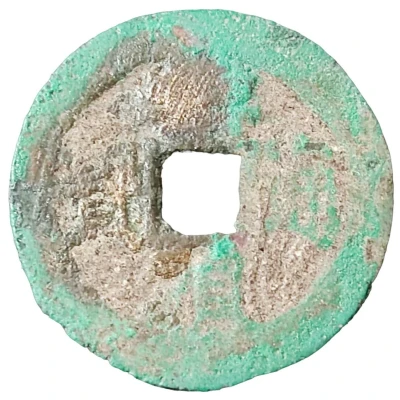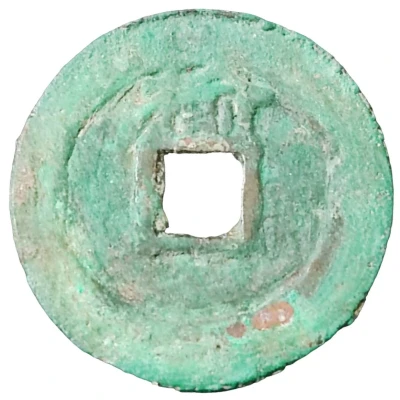


1 Cash - Chongzhen Tongbao; northern type ND
| Brass | 4.05 g | 24 mm |
| Issuer | Empire of China |
|---|---|
| Emperor | Ming dynasty › Chongzhen (崇祯帝) (1627-1644) |
| Type | Standard circulation coin |
| Years | 1630-1644 |
| Value | 1 Cash |
| Currency | Cash (621-1912) |
| Composition | Brass |
| Weight | 4.05 g |
| Diameter | 24 mm |
| Shape | Round with a square hole |
| Technique | Cast |
| Orientation | Medal alignment ↑↑ |
| Demonetized | Yes |
| Updated | 2024-10-04 |
| Numista | N#222737 |
|---|---|
| Rarity index | 83% |
Reverse
Blank (uniface).
Edge
Plain
Comment
Hartill suggests the larger, heavier coins (around 26 millimetres and weighing 1.3 Qian) were the first 1 Cash pieces produced. By 1630, coins minted in the north weighted 1.0 Qian and coins minted in the south weighed 8 Fen or less.The Northern types and the Southern types are differenciated by the left part of Zhen.
- Northern types: 礻
- Southern types: 示
DocTongDots
Interesting fact
One interesting fact about the Standard circulation coin 1 Cash - Chongzhen (Tongbao; northern type) ND (1630-1644) from Empire of China made of Brass weighing 4.05 g is that it was used as a form of currency during the Chongzhen era, which was a time of great economic and cultural growth in China. The coin's design features a square hole in the center, which was used to string multiple coins together for ease of use in transactions. Additionally, the coin's brass composition was a deliberate choice by the government to promote the use of a more durable and practical material for everyday transactions, as opposed to the more valuable but less practical silver or gold coins that were also in circulation at the time.

